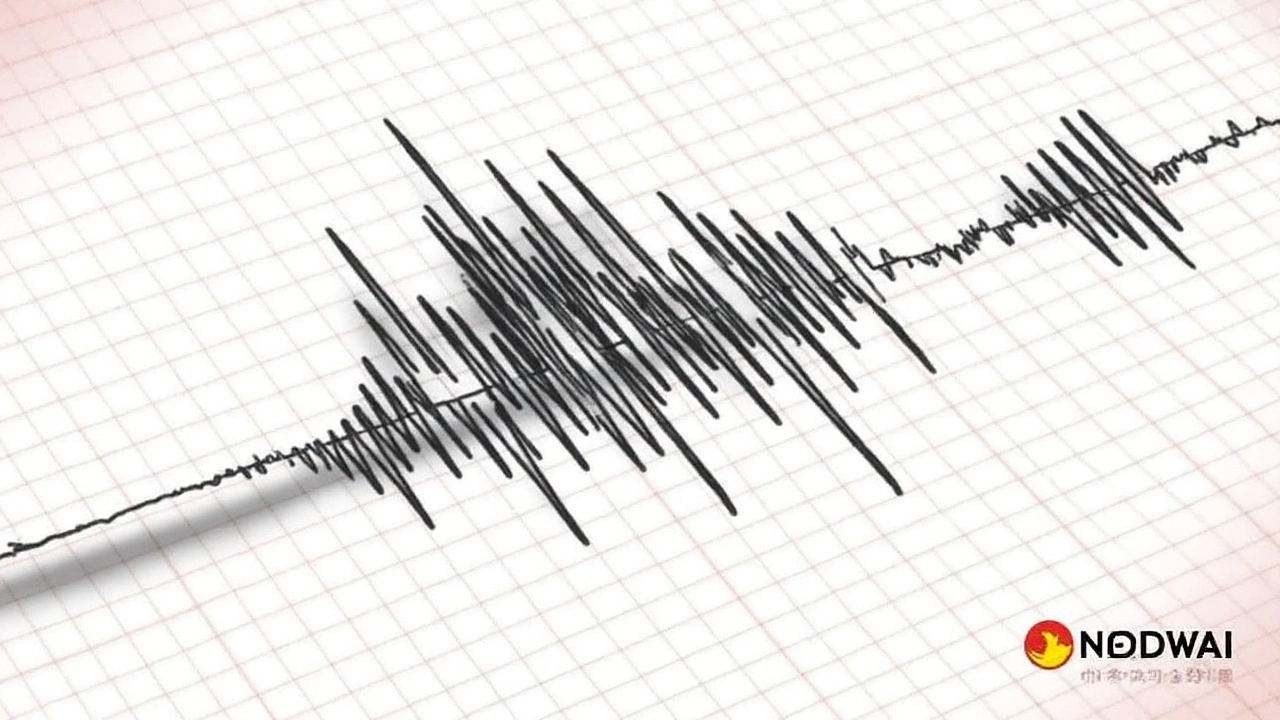
Northeast India Earthquake: What’s happening and how to stay safe
If you’ve heard the ground shake in Assam or the surrounding states, you’re not alone. A strong tremor rattled the Northeast recently, and people are looking for clear info fast. Below we break down the basics – what caused the quake, what to expect next, and simple steps you can take to protect yourself and help others.
What caused the recent quake?
The region sits on the Indian plate, which pushes northward into the Eurasian plate. That collision creates a network of faults that release energy as earthquakes. The latest event originated along the Brahmaputra‑Meghna fault line, a hotspot that has produced several quakes over the past decade. Scientists say the shaking measured around 5.8 on the Richter scale, enough to crack walls but usually not to cause major building collapse.
Seismologists monitor the area with a dense array of sensors, and the data shows a shallow focus – meaning the quake started close to the surface. Shallow quakes feel stronger because there’s less earth to dampen the motion. The aftershock pattern also fits the typical sequence for this fault: a few bigger aftershocks followed by dozens of smaller ones over the next days.
How to stay safe and help the community
First, know the “Drop, Cover, Hold On” routine. When the ground starts moving, drop to your knees, take cover under a sturdy table or desk, and hold on until the shaking stops. Avoid windows, glass doors, and exterior walls because they can shatter or collapse.
After the shaking, check for injuries and hazards. Look for gas leaks, broken electrical wires, and structural damage. If you smell gas or hear a hissing sound, turn off the main valve if you can do it safely, then call the utility company.
Keep an emergency kit ready. A basic kit includes water, non‑perishable food, a flashlight, batteries, a first‑aid pack, and copies of important documents. The kit should be enough for at least three days and stored in an easy‑to‑reach place.
Stay informed through local radio, TV, or official social‑media channels. Authorities will issue alerts about aftershocks, road closures, or evacuation orders. If you’re asked to move, follow the instructions promptly and help neighbours who may need extra assistance.
Community support is crucial. Volunteer at local shelters, donate non‑perishable supplies, or help clear debris if you’re physically able. Many libraries in the region, including Jabin College Library, are setting up resource hubs with maps, contact numbers, and printed safety guides. Visiting these hubs can give you reliable info and a place to charge devices.
Finally, think about long‑term preparedness. Strengthen your home by securing heavy furniture to walls, installing flexible pipe supports, and learning basic first‑aid skills. Schools and workplaces often run earthquake drills; participating helps you react faster when the real thing hits.
Earthquakes are unpredictable, but the right knowledge and quick actions can cut down the damage and keep you safe. Keep this guide handy, share it with friends and family, and stay alert for updates from trusted sources.
